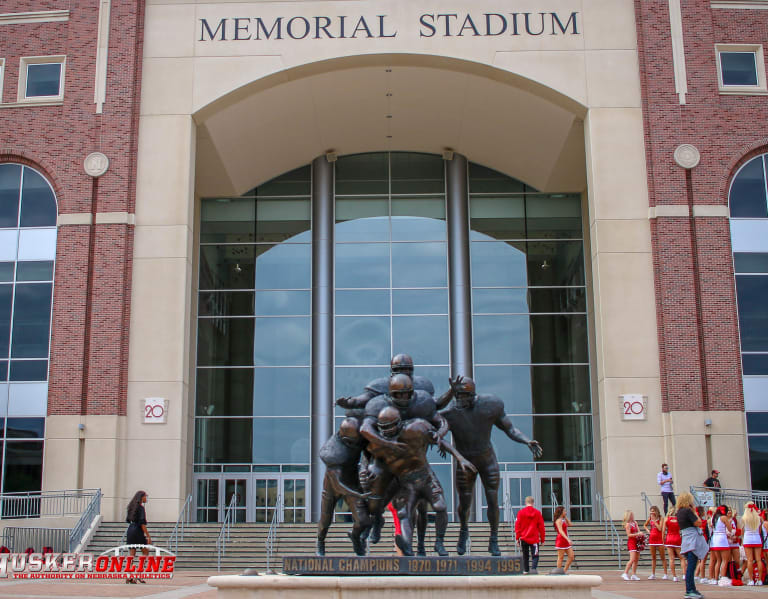
Iowa fans will get their first taste this season of watching the Hawkeyes from their seat at Kinnick Stadium with a cold beer in hand. Meanwhile, many Nebraska fans can only wait for taps to flow at Memorial Stadium.
This summer Iowa announced a test program to sell alcohol and wine at football games to the general public, becoming the eighth Big Ten school to do so. The others are Illinois, Ohio State, Indiana, Minnesota, Purdue, Rutgers, and Maryland.
It’s a far cry from a few years ago when only Maryland and Minnesota sold beer at athletic venues.
In addition, Wisconsin, Penn State, Michigan State and Northwestern sell or offer alcohol as part of seat donations in private suites and other premium seating areas.
That leaves Nebraska and Michigan as the only conference schools remaining totally dry on game days.
Which raises what’s become an annual question: How much longer will Nebraska hold out?
New Nebraska athletic director Trev Alberts made his first public comment Friday about beer sales. “We do not have any plans to sell beer at Memorial Stadium for football games,” Alberts said in a statement to the Lincoln Journal-Star.
At the University of Nebraska-Omaha — Alberts’ previous job — he signed off on alcohol at all sporting events in Baxter Arena, at Tal Anderson Field, and Connie Claussen Field. That’s more expansive than what fans get at some Big Ten schools.
Over recent years, more schools have made moves to allow alcohol sales at their football stadiums and other athletics facilities in an effort to bring in more revenue and improve the gameday experience amid declining attendance numbers.
By some estimates, more than 60 universities across the NCAA Division I landscape now allow alcohol sales for football games, either throughout the full stadium or in select premium seating and suite areas. A separate statement from the University of Iowa noted that about half of the schools from the Power Five conferences will sell alcohol this fall.
Many Nebraska fans are hoping that last weekend’s Garth Brooks concert at Memorial Stadium, where alcohol was sold perhaps for the first time in its history, will serve as a catalyst for shifting Nebraska from dry to wet.
Memorial Stadium used outside vendors to distribute 25oz cans of select domestic beers and seltzers, and from all accounts, everything went smoothly on Saturday.
There definitely was not a shortage of demand, as many beer stands had a tough time keeping their supply levels up throughout the night.

Is alcohol a cash cow? No, although it brings in much-needed revenue to schools.
Here’s what the revenue stream might look like at Nebraska: For example, if 30,000 fans at Memorial Stadium — that’s about one-third of capacity — each purchased two beers at $8 apiece, for one home game that would generate about $480,000 in gross revenue. Multiply by seven home games, and the gross total amounts to $3.36 million.
The vendor typically takes 50 percent of the revenue, so that knocks the number down to about $1.68 million, before the bills for additional expenses.
Nothing to sneeze at, but after expenses, the final take might cover some of the combined salaries of members of Scott Frost’s coaching staff. Of course, if beer is also sold for other athletics events, there’s more revenue to consider.
The stronger argument for allowing beer to be sold is that it would improve the game experience for many fans. But financially speaking, why shell out $10 or so for a cup of beer when it can be purchased for half that amount at bars only a Hail Mary away from Memorial Stadium?
For beer to be sold at Memorial Stadium, concession areas would need to be retrofitted, and possibly the same with restrooms. Security would have to deal with drunks in a large public setting, and of course, there’s nothing like the fan experience enjoyed by a grade-schooler sitting amidst overly lubricated fans. If you’ve ever taken children to a professional football game or even to the College World Series, you know how things can get out of hand.
That said, money talks and you can be certain that Alberts will be watching the Hawkeyes pilot program this fall.
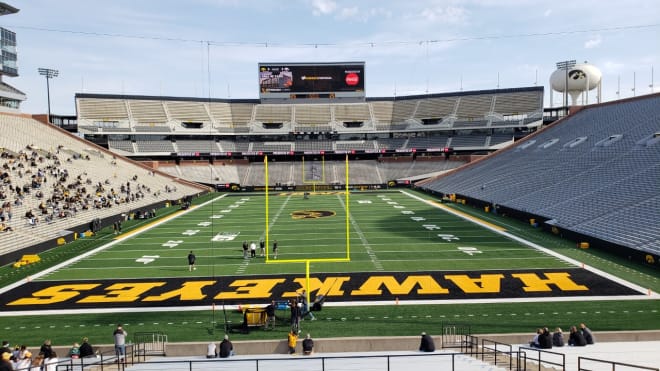
Hawkeye Beer
It’s been a long time coming for Hawkeye fans.
The athletic department will launch a pilot program this fall for the 2021-2022 academic year to sell beer and wine more broadly to fans at Iowa sporting events. That includes both football and basketball, but also baseball and softball. Alcohol had been available for the past 15 years but only to ticket holders in suites and club sections at Kinnick Stadium and Carver-Hawkeye Arena, the university said.
Iowa will share a 50-50 revenue split with its beer vendor, said Steve Roe, an athletic department spokesman. As far as revenue expectations, Roe said it is “hard to put a number on it” because of initial start-up costs and unforeseen issues.
The athletic department said it will give 30 percent of net revenue to research initiatives developed and supported by the school’s alcohol harm reduction committee.
Officials will review the pilot program at the end of the current academic year.
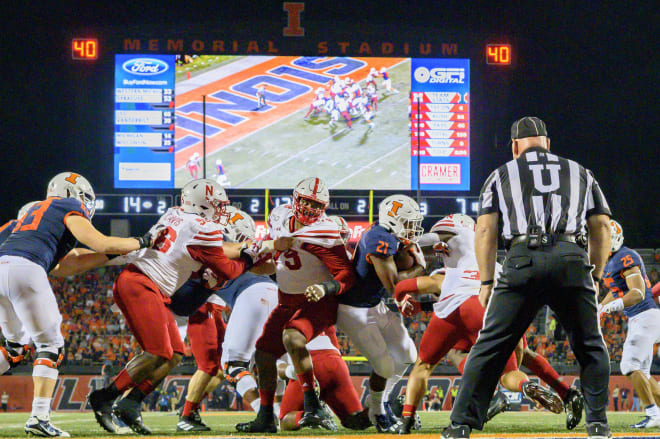
How about a beer?
Nebraska fans traveling to conference road games this fall can buy a brew only at Illinois and Minnesota.
Here are the alcohol policies at “wet” venues around the conference.
*Illinois sells beer at both general public seating areas and premium seats at football, basketball and baseball games, said Kent Brown, an athletic department spokesman.
In the fiscal year 2020, Illinois generated net revenue from alcohol sales of $321,500, Brown said. That included football and basketball seasons before Covid altered the college athletics landscape.
*Minnesota started selling beer at Huntington Bank Stadium in 2012. The school also sells beer at men’s and women’s basketball games and men’s hockey. As for the financial impact, Minnesota has reportedly averaged sales of $1.3 million annually over the past three years, according to blackheartgoldpants.com, an Iowa sports website.
*Indiana began selling beer and wine in 2019. Before making the decision, the athletic department hired a consulting firm that examined more than 50 other schools that sold alcohol to the general public at their stadiums.
The study found that the introduction of alcohol “resulted in improved game-day experience and attendance,” noting that the introduction of alcohol sales reversed attendance declines.” The report also noted that selling alcohol resulted in “a reduction in alcohol-related incidents and safety issues in stadiums.”
The sale of beer and wine ends after the third quarter, and purchases are limited to two drinks per transaction. Indiana said 10 percent of net beer and wine sales revenue will be used to support alcohol safety programs.
The alcohol policies reported positive results, financially and for fan behavior, the school said.
Total gross revenue from beer and wine sales at Indiana’s six 2019 home games was about $470,000. After expenses, the school netted about $200,000. Sales were originally projected at about $171,000.
In addition, Indiana University police reported 40 alcohol-related incidents during the 2019 season, or just under 7 per game. Those totals were “significantly lower” than in each of the three previous years, the university said.
Indiana said at the time that “controlled alcohol sales not only enhance the game day experience, they assist our public safety officials by reducing binge drinking by fans prior to coming into the venue.”
*Ohio State launched a pilot program in 2015, with alcohol sold to premium seat holders only. In the first year, alcohol sales generated $41,357, the athletic department said.
Sales have since expanded to include everyone attending games at Ohio Stadium, the Jerome Schottenstein Center, and three other venues.
In 2019, football-only sales generated $1.54 million over a seven home-game season, the athletic department said
Ohio State abides by the industry standard of a two-drink limit per identification and per transaction. Alcohol is cut off at the end of the third quarter for football. “It is a hard stop at that time and items are removed from all registers to ensure there are no additional sales,” said Jerry Emig, an athletic department spokesman.
*Rutgers began alcohol sales in fall 2019 at all athletic venues, a spokesman said. No other details were provided. Maryland started beer sales for the 2015-2016 athletic season. Information from Purdue was unavailable.
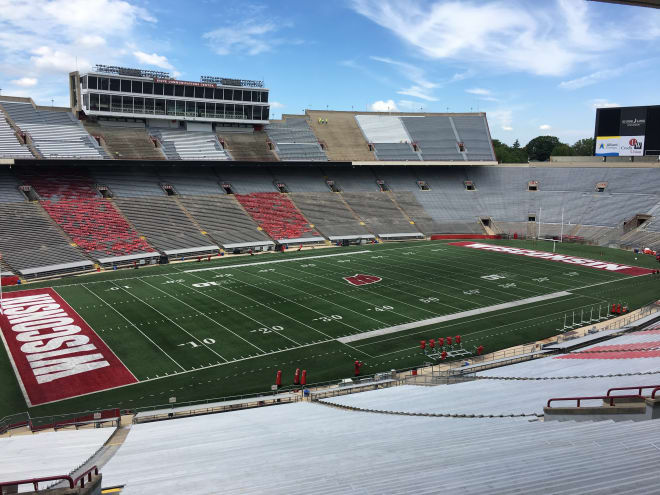
No beer for the masses
Wisconsin Badgers fans can kick back and savor a beer while sitting on the patio outside the student union and enjoying the view of Lake Mendota.
But just a short walk away, beer sales remain off-limits at Camp Randall Stadium, the exception being the premium seating areas where alcohol is sold.
Why the cutoff? It’s a long-standing policy decision made by the chancellor’s office, said Meredith McGlone, a university spokeswoman.
“Because there is already an atmosphere of energy and excitement around Badger game days, the addition of alcohol to general seating areas isn’t needed to improve that experience and could detract from it for our students and fans,” said McGlone.
Penn State also has limits on alcohol sales. In 2016, the school approved allowing some fans to buy alcohol at Nittany Lion football and basketball venues, as well as at other athletic facilities. But sales are limited to private and controlled areas, including suites and club seats.
In the case of Beaver Stadium, the university estimated at the time that about 4,400 fans at the 107,000-seat stadium would have access to alcohol purchases, according to media reports.
*Northwestern prohibits alcohol sales to the general public at any athletics venues.
However, alcohol is available at the Randy Walker Terrace, a rooftop setting at Ryan Field designated for large group gatherings that might be able to purchase alcohol under a catering license, said Paul Kennedy, an athletic department spokesman.
In addition, limited alcohol is served in the Wilson Club inside Welsh-Ryan Arena, the multipurpose athletics facility on the Northwestern campus, but none is sold, said Kennedy. The alcohol is included in the ticket and donation fee, as is the food, soft drinks, and other menu items.
Otherwise, he said, “there is no place in our venues where someone can walk up and exchange cash or (credit) card for alcohol.”
Steve Rosen writes about the business of sports for HuskerOnline. Reach Steve with your questions, comments, and story ideas at sbrosen@huskeronline.com.

Must See
-


Football
/ 2 months agoHuskers Fight Hard but Fall Short Against UCLA
LINCOLN – The Nebraska Cornhuskers gave it their all on Saturday, with standout efforts...
-
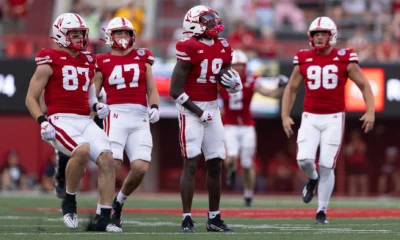

Football
/ 2 months agoGAMEDAY: Nebraska Set to Face Undefeated Indiana in Key Big Ten Showdown
Bloomington, IN – It’s Game Day, Husker Nation! Nebraska (5-1, 2-1 Big Ten) returns...
-


Football
/ 3 months agoBlackshirts Shine as Nebraska Tops Rutgers 14-7 on Homecoming
Lincoln, NE – Nebraska’s Blackshirt defense played a starring role in the Huskers’ 14-7...
By Chris
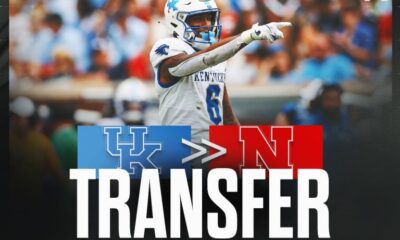

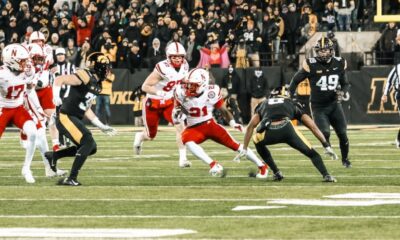

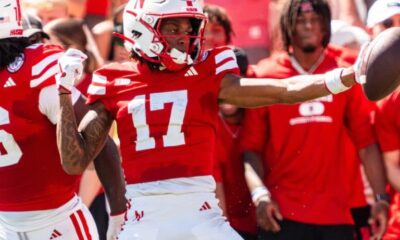

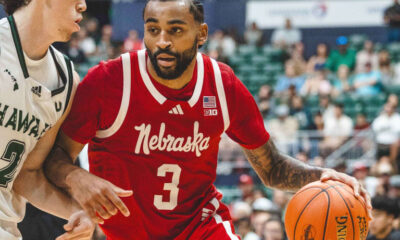

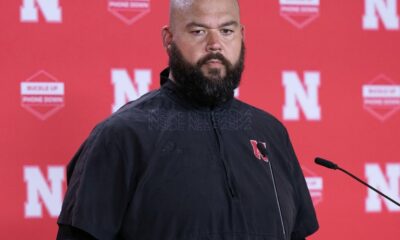

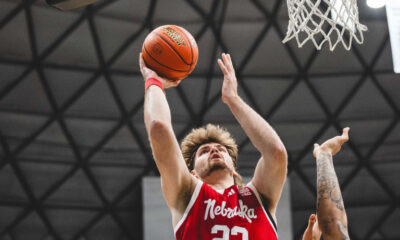

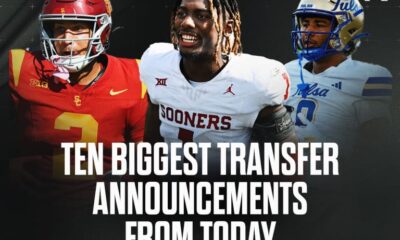

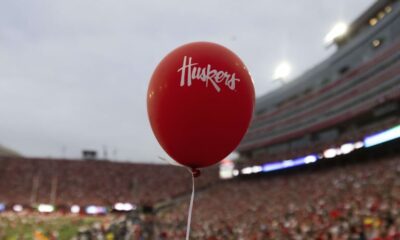

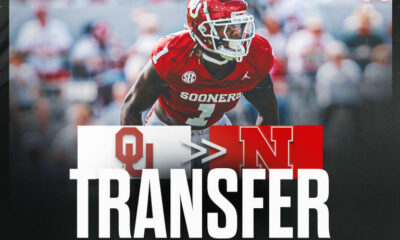




You must be logged in to post a comment Login